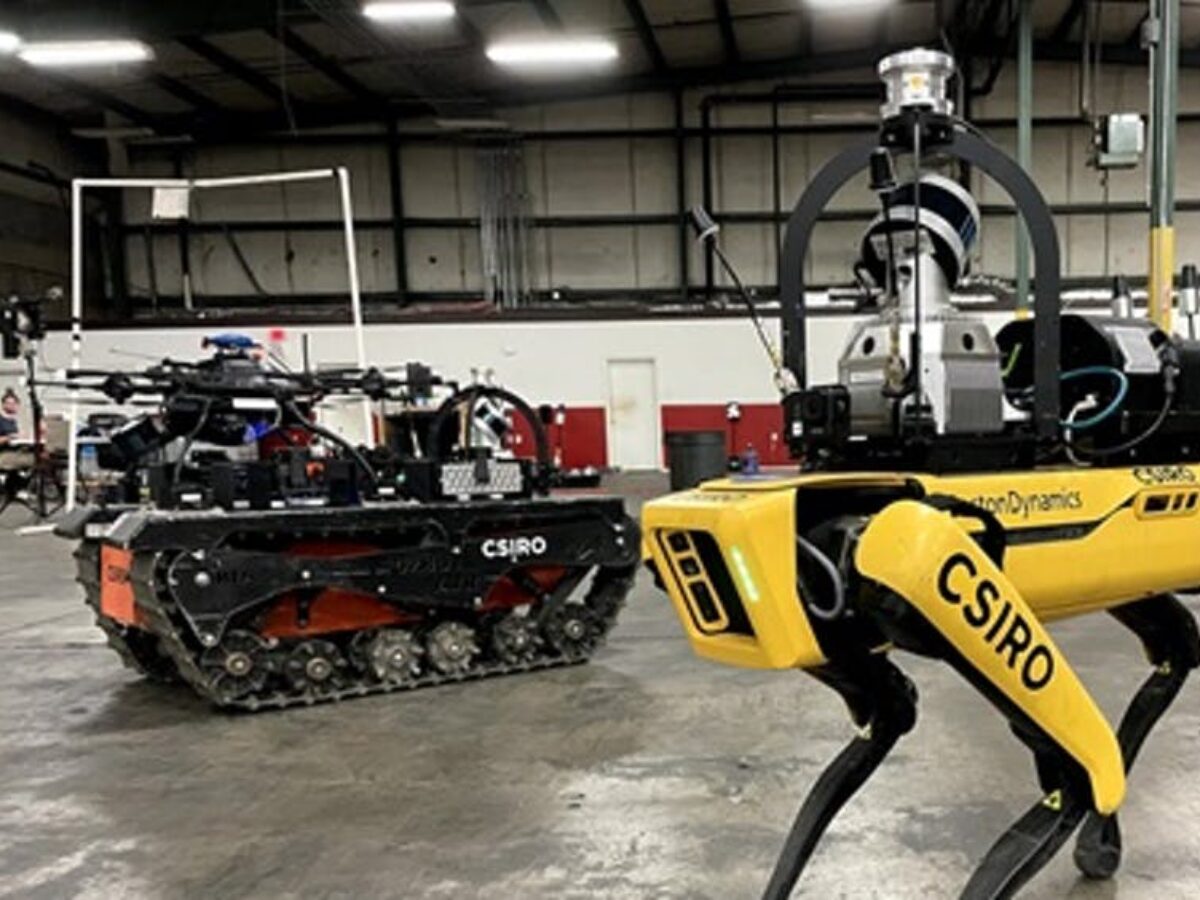Every dollar invested in research and development creates $3.50 in benefits for Australia, says new CSIRO analysis

By Katherine Wynn, CSIRO; Jasmine Cohen, CSIRO, and Mingji Liu, CSIRO
Each dollar invested in research and development (R&D) would earn an average of A$3.50 in economy-wide benefits for Australia, according to evidence compiled in a new report from CSIRO.
Many Australians know research and development drives economic growth and improves our well-being and prosperity. However, few could describe the size of the relationship between Australia’s research and development spending and economic growth, or compare this to performance on other typical investment returns.
Examples of future industries that could be unlocked by research and development in Australia include the quantum technology and hydrogen industries. Examples of emerging technologies that could change the way Australians work and live include artificial intelligence and robotics.
This is significant, given recent figures from the Australian Bureau of Statistics show business spending on research and development as a proportion of GDP is just half the OECD average, and the lowest it has been since 2003.
We hope our analysis will raise awareness of the value of this kind of spending, and its importance for Australia’s economic recovery and long-term resilience. Investing in innovation now is crucial for the future.
CSIRO
In consultation with government and academic stakeholders, our team at CSIRO Futures, the strategic and economic advisory arm of Australia’s national science agency, used a new yet simple economic approach to quantify the return on investment in overall research and development spending for Australia.
By adapting a method originally developed in the US, we calculated return on investment by defining the relationship between domestic gross spending on research and development, and the growth in per capita gross domestic product (GDP) that follows as a result. This method encompasses both successful and unsuccessful research and development investments, and quantifies only monetary benefits (excluding non-monetary social and environmental benefits).
Our approach also accounts for delays between research and development investments and payoffs, and for the capital costs of integrating research and development into the economy. For example, an innovation of new computer software must be built into existing computer systems, and might therefore take a decade before its use becomes widespread.
Overall, we calculate that $1 of research and development investment creates an average of $3.50 in economy-wide benefits in today’s dollars, and a 10% average annual return for Australia.
By removing the considerations of delays and capital costs, we can also calculate an upper boundary on our estimate – that is, the maximum theoretical return on investment barring any hurdles along the way.
This unadjusted result, which does not account for the additional time and costs associated with integrating research and development into the economy, is estimated as creating $20.80 in economy-wide benefits, and a 104% average annual return for every dollar spent on research and development in Australia.
CSIRO
Even with our conservative estimate of $3.50 return on the dollar, the expected benefits of investing in innovation are high compared with many other types of investments. For example, Australia’s ten-year government bond returns have historically averaged around 7% per year. Private investments in the ASX200 stock index have typically yielded around 10% annually.
Perhaps even more significantly, even our conservative estimate of $3.50 return on investment suggests research and development has a cost/benefit ratio well in excess of $1 to $1. This means there is a strong economic case for this kind of spending.
But research and development investment is risky, right? This may be much less of a problem at a national level. While cost or time overruns are never favourable for any investment, building this uncertainty into our findings shows research and development investment remains economically viable even if this happens.
Results from sensitivity analysis demonstrate that if the costs of research and development spending or delays of payoffs increase by 20%, the most conservative (combined adjustment) results only fall to $3.30 return on investment, with annual yields of 9.5% (at lowest). These are still strong returns.
Our findings imply that so far, Australian innovation investments – whether they be in new products and services or in creating new industries – have been well worthwhile, and that increasing future investment could capture substantial economy-wide returns.
As our estimates only capture the economic benefits of innovation, actual returns are likely to be much higher when also considering the broader social and environmental benefits of Australian research and development. ![]()
Katherine Wynn, Lead Economist, CSIRO Futures, CSIRO; Jasmine Cohen, Economic Consultant, CSIRO Futures, CSIRO, and Mingji Liu, Senior Economic Consultant, CSIRO
This article is republished from The Conversation under a Creative Commons license. Read the original article.
Subscribe to our free @AuManufacturing newsletter here.
Topics Technology
@aumanufacturing Sections
Analysis and Commentary Awards Defence Manufacturing News Podcast Technology Videos






